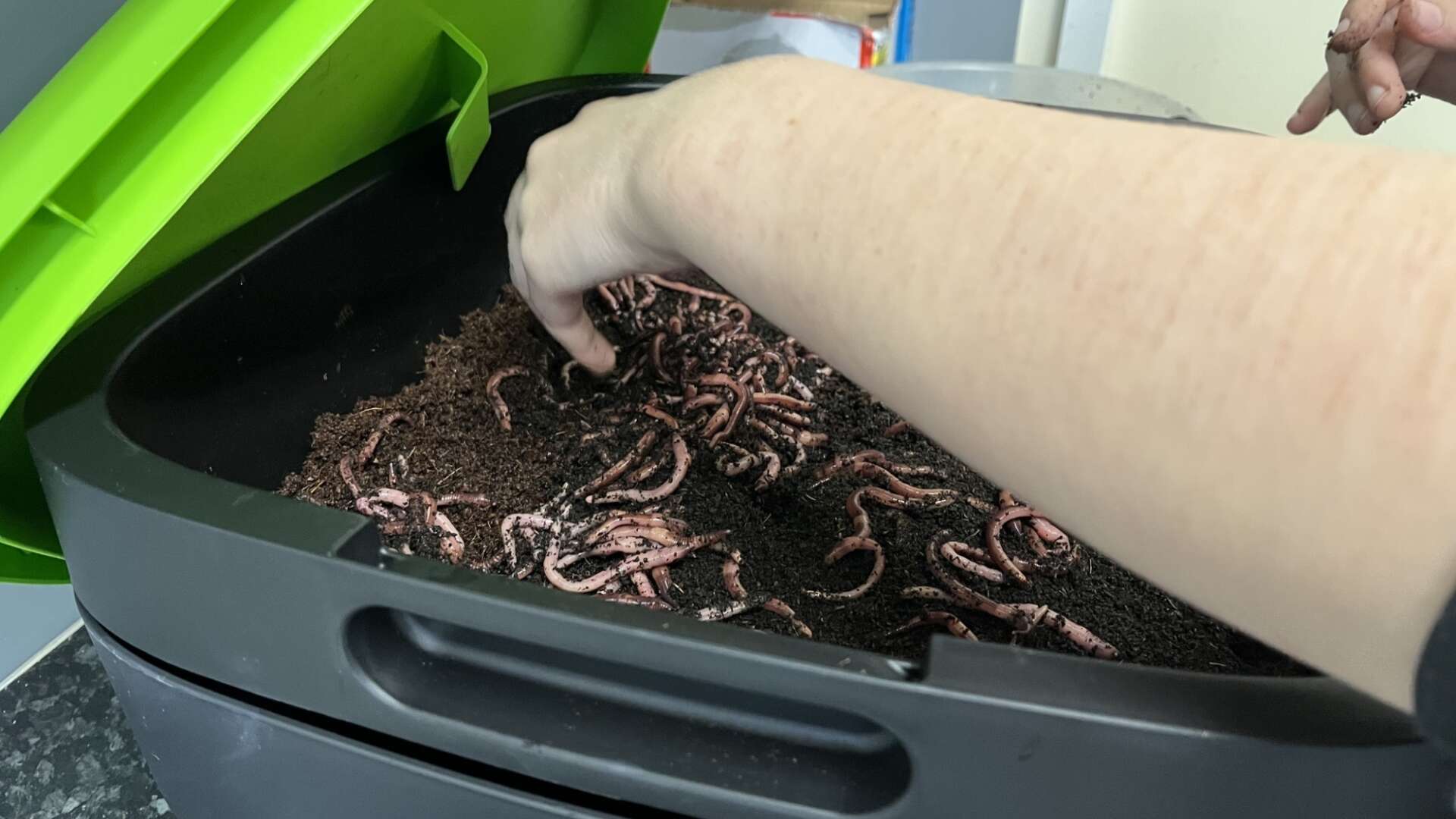Learning about the wonder of worms in Cumbria

Hundreds of people have been getting hands-on with worms and wormeries in Westmorland and Furness and Barrow in Furness, to learn more about their benefits.
On October 26th, the team attended a half-term event at The Dock Museum in Barrow organised by Low Carbon Barrow - centred around sustainable technologies and low-carbon living. As well as their usual stand, the Master Composters demonstrated how a wormery works – and visitors were fascinated by the wiggly brandling and tiger worms.
Wormeries are a great method of recycling organic waste, where kitchen waste is the main material to be composted. They’re fun and educational for households with children and they produce compost with a high nutrient value.
Building a wormery
New Master Composter and Low Carbon Barrow engagement lead Rachel Lightbird ran the first DropZone Youth Group 'Sustainable Living' session on November 1st. The group learnt about composting with worms and talked about how this simple step can help combat climate change.
“One of the students helped build their own in-house wormery - happily using her bare hands to distribute the worms!” said Rachel. “At the beginning of the sessions, she wouldn't even look at worms, so this was a big step forward for just one day's learning.”
Inspiring the next generation
More than 130 children at Beaconside Primary School in Penrith learnt about composting in three sessions during November.
“It was great to see the children really interested in all the creatures in the compost and wanting to find out more about the worms they got to see and hold,” said Frankie Kennett, project coordinator for Cumbria Master Composters.
Fellow composter Rachel also offered a wormery session for a cub group in Dalton-in-Furness.
“They knew lots of interesting facts about worms already,” she said. “And were passionate, focussed and engaged - we loved every minute of it!”
Fancy making your own wormery? Check out our fact sheet